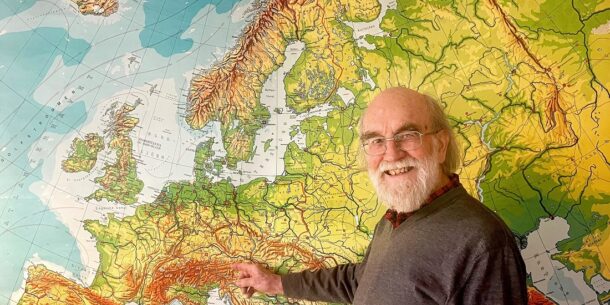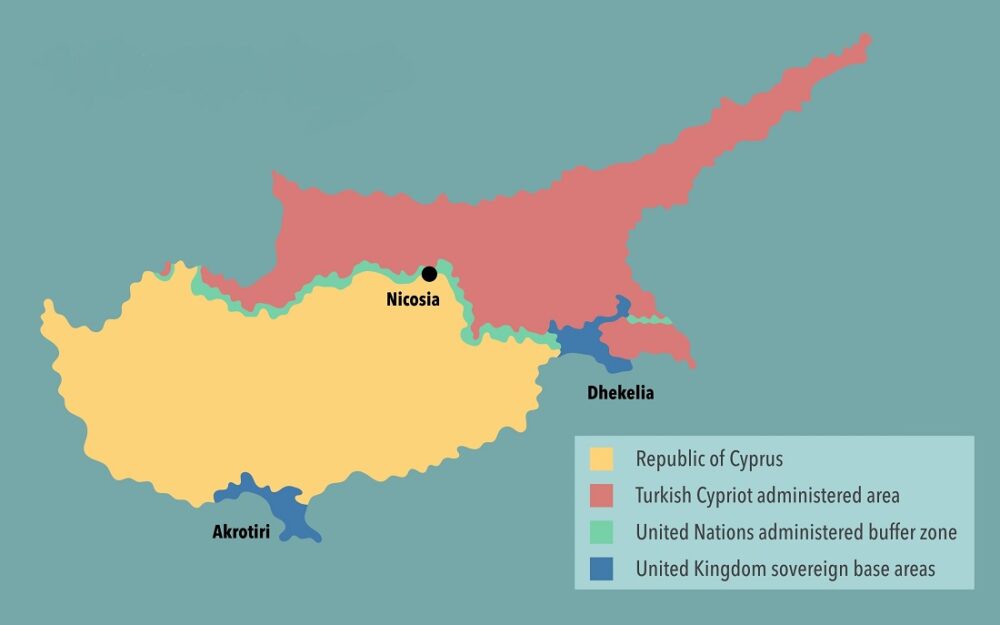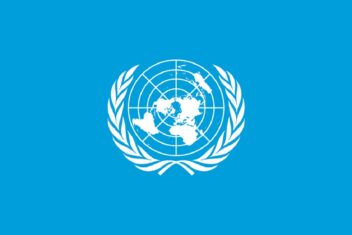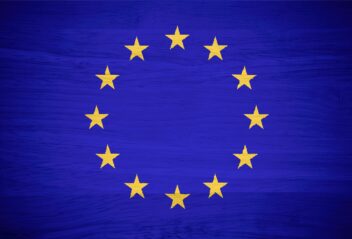How many countries are there in Europe?
It sounds like a simple question: How many countries are there in Europe? However, the answer is more complicated than you might think.
Just over a year ago, I received a seemingly simple question from a school class. How many countries are there in Europe?
But this is actually not that easy to answer, and the question from the class is interesting. Because the answer depends on how you define the European borders. There is also the question of how you define a country.
These are two of the factors we have to take into account:
1. The traditional geographical border of Europe in the east and southeast follows the Ural Mountains, the Ural River, the Caspian Sea, the Caucasus and the Black Sea. But the independent countries of Georgia, Armenia and Azerbaijan on the southern side of the Caucasus are also often considered part of Europe. This has historical reasons and is linked to Russia’s expansion south of the Caucasus Mountains in the 19th century and to the southern border of the former Soviet Union.
Russia, Turkey and Kazakhstan are three countries that are partly located in Europe, but where the largest part of their territories is located in Asia. Cyprus is also often considered part of Europe, even though the island is located in the far east of the Mediterranean, relatively far from other European countries.
Different international organizations have different numbers of European member states.
2. The definition of a country depends on which criteria you use. Should you only include fully independent countries? Should you count countries that are recognized as independent countries by several states, but not all? For example, Kosovo is recognized by many, but not all states, while hardly any countrieshave recognized Abkhazia, South Ossetia, Transnistria and Northern Cyprus.
Should you include countries that have a large degree of internal self-government, but which nevertheless belong to another country in some contexts, such as the Isle of Man, Guernsey, Jersey, the Faroe Islands, Greenland and Åland? Should you include regions that are often referred to as their own countries, even though they are not fully independent, such as Scotland, Wales and Northern Ireland in the UK, or the Canary Islands, Catalonia and other self-governing regions in Spain?
So how many countries are there in Europe? Here are some options:
Between 46 and 51, from a geographical perspective
The number of independent and internationally recognized countries that most people consider to belong to Europe from a geographical perspective is between 46 and 51. This depends on how you define Europe’s borders and what you consider to be an independent country.
The smallest number includes Russia, Turkey and Kazakhstan, which are only partly located in Europe. The largest number also includes Cyprus, Armenia, Azerbaijan and Georgia, which are geographically debatable. It also includes Kosovo, which is only recognized by 101 of the 193 independent member states of the UN.
46 countries in Europe in the Store Norske Leksikon (SNL)
SNL lists 46 independent countries in Europe in 2023. This number includes Kosovo and Vatican City. Russia and Turkey are included, but not Cyprus.
Armenia, Azerbaijan, Georgia and Kazakhstan are also not included. But SNL’s report on Asia states that these four countries can be considered to be in both Asia and Europe.
47 European countries in the UN
The UN’s member states are grouped into geographical regions to ensure that all parts of the world are represented in the UN’s various bodies.
The Eastern European group includes 23 countries, including Armenia, Azerbaijan and Georgia. The group “Western European and other countries” includes Australia, New Zealand, Canada and Israel, but besides these the group includes 24 countries.
Kosovo and Vatican City are not UN members (but Vatican City has observer status). Kazakhstan and Cyprus are classified as Asian members, although Cyprus is a member of the European Union. Turkey is a member of the Western European group, but also participates in the Asian group.
The United Nations Economic Commission for Europe (UNECE), on the other hand, has 56 member states, but these include Canada, the United States, Israel and the Central Asian countries of Kyrgyzstan, Tajikistan, Turkmenistan and Uzbekistan.
46 countries in the Council of Europe
Until 2022, there were 47 members in the Council of Europe, but Russia was excluded after the invasion of Ukraine.
Armenia, Azerbaijan and Georgia are included, but not Kosovo, Vatican City, Belarus and Kazakhstan. Vatican City has observer status. Kosovo applied for membership in 2022, and with the support of a majority of the member states, the application is under consideration.
27 countries in the EU
Some use Europe as a term for the EU. After the United Kingdom left the European Union due to Brexit in 2022, there are currently 27 countries that are members of the European Union (EU).
48 countries in Eurovision
Finally, we can mention that 50 current countries have participated in the Eurovision Song Contest (Melodi Grand Prix).
Liechtenstein, Kazakhstan, Kosovo and the Vatican State have not participated. But the 50 includes Israel, Australia and Morocco.
Five of these 50 countries have not been active in the last ten years, including Morocco, which participated only once, as far back as 1980. Of the 50 countries, Belarus was excluded in 2021 and Russia in 2022.
The map of Europe is therefore constantly changing.








